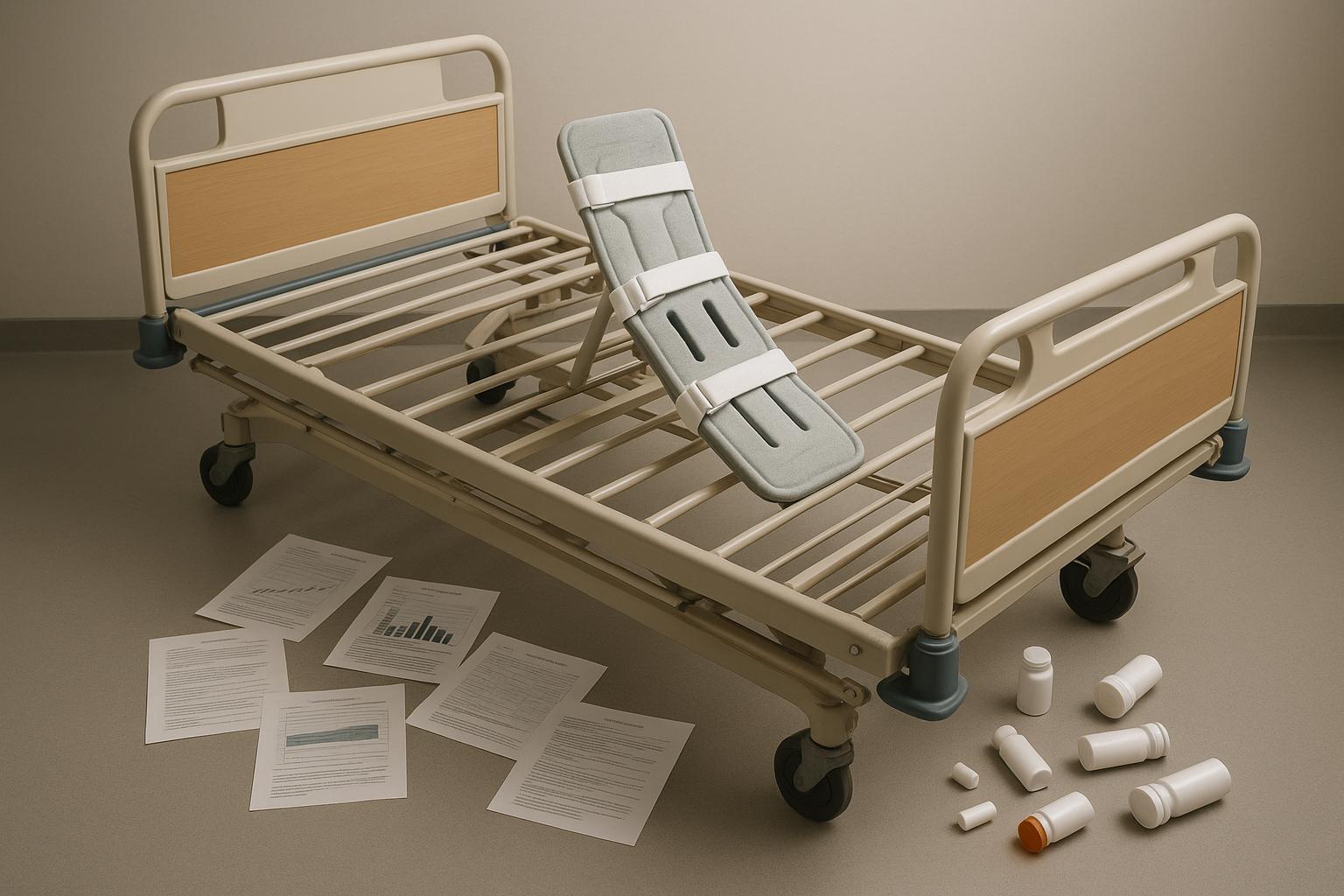The number of people suffering life-threatening hip fractures in the UK is projected to double to 140,000 per year by 2060 unless urgent action is taken, according to a recent report by the Royal College of Physicians. This surge is largely attributed to the ageing population and the currently inadequate rollout of osteoporosis screening clinics, known as Fracture Liaison Services (FLS). These services are crucial for early detection of bone-thinning disease through DEXA scans, enabling timely treatment with bone-preserving medications that can significantly reduce fracture risk.
Osteoporosis affects approximately 3.5 million people across the UK, with one in two women over 50 expected to suffer a fracture attributable to the disease. Research indicates that nearly half of patients who experience hip fractures have previously sustained preventable breaks related to osteoporosis. The Royal Osteoporosis Society estimates that 2,500 people die annually from hip fractures that could have been avoided with proper prevention. The situation carries a profound human cost alongside a financial impact: NHS treatment for fragility fractures costs around £4.3 billion a year, with hip fractures accounting for about 79,000 cases annually.
Despite some progress in patient care, the Royal College of Physicians’ report highlights significant variability in both the availability and quality of FLS across the country. While more patients are now receiving bone health assessments, the inconsistent coverage means many remain undiagnosed and untreated, prolonging their vulnerability to fractures. The report estimates that effective secondary fracture prevention within the NHS could prevent over 50,000 fractures over the next five years, emphasising an urgent need for more consistent and comprehensive FLS provision.
The importance of addressing osteoporosis is further underscored by data from the Royal College of Nursing, which reveals that one in five men over 50 will also experience a bone fracture in their lifetime, along with the significantly higher risk for women. Predictions for 2025 indicate the total number of fragility fractures in the UK could reach 682,000, a substantial increase from current levels. These fractures occur at a rate of one every minute, demonstrating a pressing public health challenge.
Ahead of the June 2024 General Election, Wes Streeting, now the Health Secretary, committed to prioritising the rollout of FLS services. Speaking to The Mail on Sunday, he framed commissioning a comprehensive plan as one of his first actions. More recently at the Labour Party conference, he acknowledged the ongoing need to ensure the consistent implementation of fracture prevention services. The Royal Osteoporosis Society has welcomed his willingness to collaborate on developing a nationwide strategy.
The Department of Health and Social Care has also confirmed investment in additional DEXA scanners, aiming to provide an extra 29,000 scans annually to improve early diagnosis. However, campaigners argue that without a full national rollout of FLS, the human and economic costs tied to osteoporosis-related fractures will continue to escalate unchecked.
The collective data and expert calls indicate a critical window of opportunity for the UK health system to reduce preventable fractures, save lives, and alleviate the financial strain on public health resources. Without decisive action, the burden of osteoporosis-related fractures is set to grow substantially, with profound consequences for individuals and the taxpayer alike.
📌 Reference Map:
- Paragraph 1 – [1], [4]
- Paragraph 2 – [1], [3], [5]
- Paragraph 3 – [2], [4], [6]
- Paragraph 4 – [3], [5], [7]
- Paragraph 5 – [1]
- Paragraph 6 – [1]
- Paragraph 7 – [1], [2]
Source: Noah Wire Services
